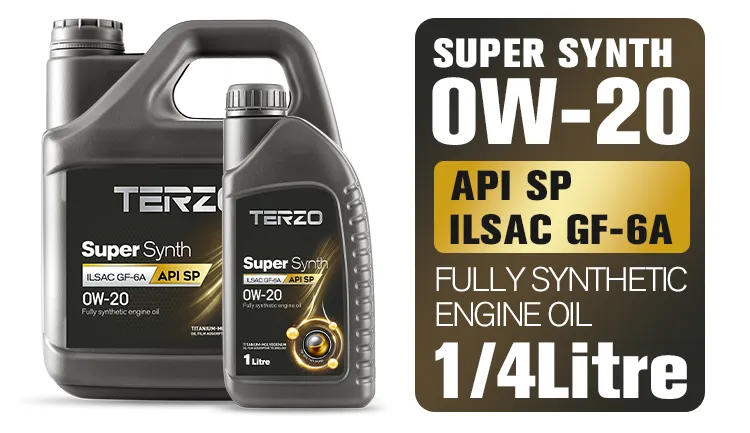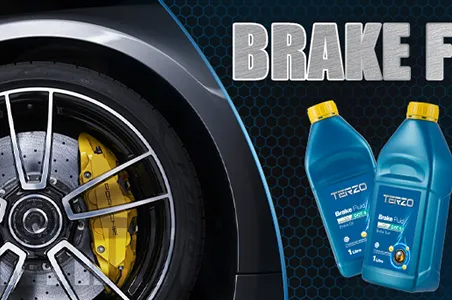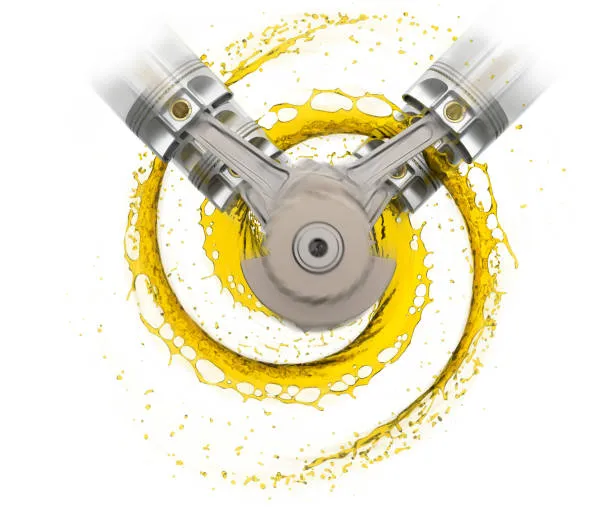Nel mondo dell'automobile, il differenza tra olio motore 0W20 e 0W30 spesso crea confusione tra i proprietari di auto. Questi due tipi di olio possono sembrare parenti stretti, ma hanno scopi diversi e rispondono a requisiti specifici del motore. Capire cosa li distingue è fondamentale per mantenere la salute e le prestazioni del veicolo.
Viscosità: L'elemento chiave dell'olio motore
La viscosità, un termine che a molti non convince, è essenzialmente la resistenza dell'olio allo scorrimento. 0W-20 L'olio è più sottile e scivola nel motore come un sussurro al freddo, assicurando una rapida lubrificazione durante le partenze al gelo. Il rovescio della medaglia, 0W-30 ha una consistenza leggermente più densa. Non è così agile con il freddo, ma una volta che le cose si riscaldano, si mantiene in piedi, fornendo una protezione robusta nei motori che richiedono un po' più di robustezza. Immaginate la differenza tra una giacca leggera e un cappotto pesante: una è ottima per le mattine fredde, l'altra è perfetta per le inaspettate gelate pomeridiane.

0W-20 vs 0W-30: Quando usare quale
Il produttore dell'auto non si limita a dare dei numeri quando specifica la viscosità dell'olio. I motori moderni, in particolare quelli progettati per l'efficienza dei consumi, si nutrono di 0W20 olio. Le strette tolleranze del motore di questi bambini necessitano della lubrificazione rapida che 0W20 fornisce. Ma non limitatevi a scambiare 0W-30 come se non fosse un problema. In questo modo si può aumentare l'attrito e l'usura, come chiedere al motore di correre una maratona con scarpe di due numeri in meno. Al contrario, alcuni motori più vecchi o con un elevato chilometraggio potrebbero apprezzare lo spessore maggiore 0W-30 olio; è come dare a un atleta esperto un po' di imbottitura in più per sostenerlo.
Posso usare 0W 30 invece di 0W 20? I rischi connessi
Probabilmente non è una buona idea. Se il manuale della vostra auto urla "0W20 solo", c'è un motivo dietro. Utilizzo 0W-30 invece può comportare una riduzione dell'efficienza del carburante, in quanto il motore deve lavorare di più per pompare l'olio più denso. È come costringere un velocista a guadare l'acqua: possibile, ma non ideale. Con il tempo, questo può portare a una maggiore usura del motore e persino a un guasto prematuro di alcuni componenti. L'olio potrebbe non raggiungere abbastanza rapidamente tutti gli angoli e le fessure, lasciando alcune parti a secco.

Il ruolo dell'olio sintetico nel mix - differenza tra 0w20 e 0w30
L'olio sintetico è diventato un po' l'eroe del mondo automobilistico. Olio sintetico 0W30offre, ad esempio, una maggiore stabilità termica e protezione dai depositi. È come un coltellino svizzero per il vostro motore: versatile e affidabile. Ma c'è di più: anche l'olio sintetico non può aggirare i requisiti fondamentali di viscosità. Se il vostro motore ha bisogno di 0W20, Olio sintetico 0W-30 non è una pozione magica che mette tutto a posto. È ancora più denso e potrebbe non fornire lo stesso livello di protezione all'avviamento a freddo.
Olio dei freni basso: un problema distinto ma spesso confuso
Aspetta, cos'è questa storia dell'olio per freni? Beh, a volte il "0W-30" si confonde con il livello del liquido dei freni. Se il cruscotto mostra una dicitura "olio per freni basso", si tratta di un problema completamente diverso. Non si tratta della viscosità dell'olio motore, ma del serbatoio del liquido dei freni. Non cercate mai di rabboccare il liquido dei freni con l'olio motore: è come mettere del gasolio in un motore a benzina. Servono a scopi completamente diversi e la loro miscelazione può portare a guasti catastrofici ai freni.

Il punto di partenza: Fare una scelta informata
La scelta tra 0W20 e 0W-30 non è da lasciare al caso. Controllate il libretto d'uso e manutenzione: non è solo un opuscolo di fantasia allegato all'auto. È la guida personale del vostro motore alla felicità. Se non rispettate la viscosità dell'olio consigliata, rischiate di compromettere le prestazioni e la durata del vostro motore. Trattate bene il vostro motore dandogli l'olio che si merita, e lui ricambierà il favore con una guida fluida e prestazioni affidabili.






















